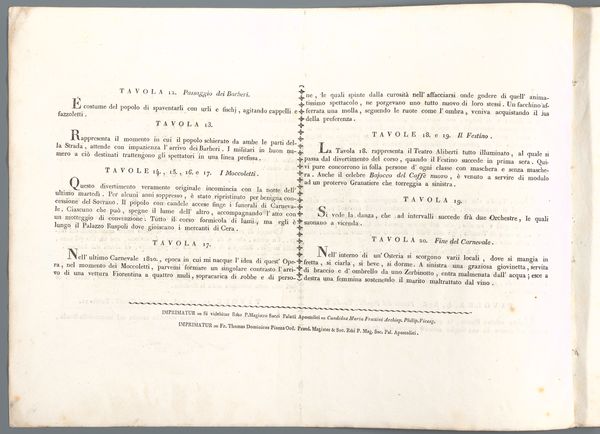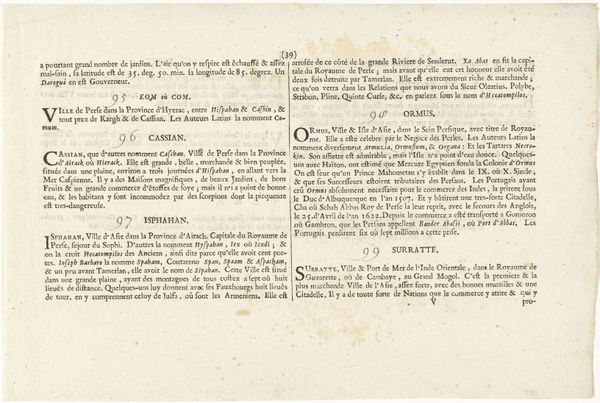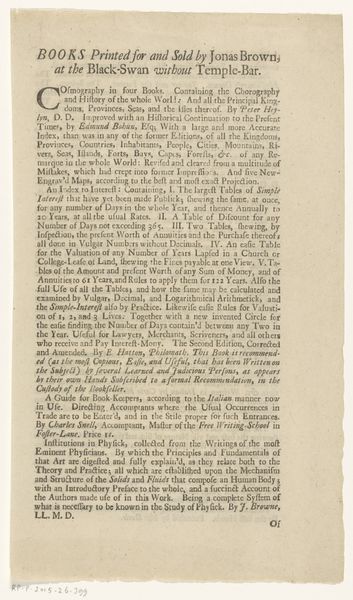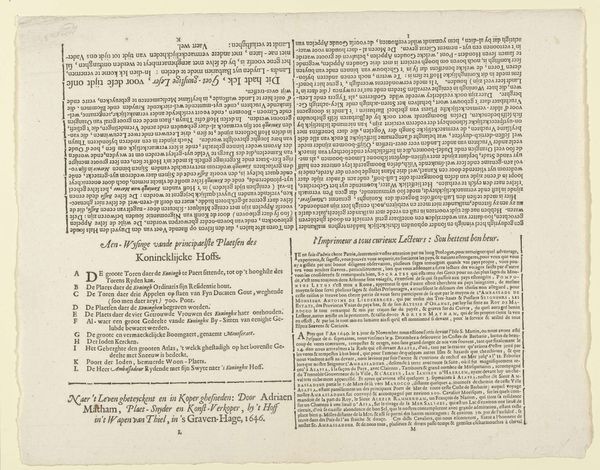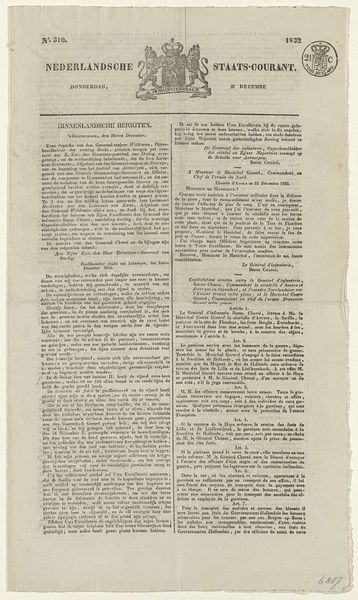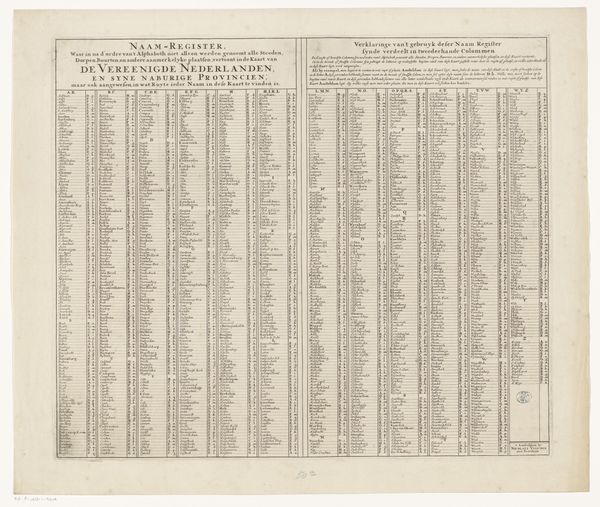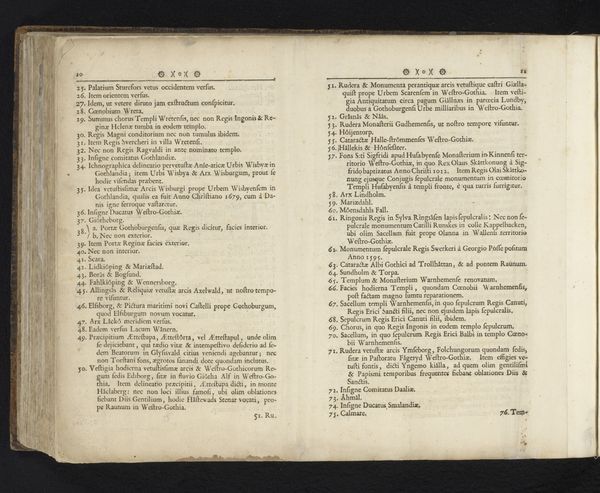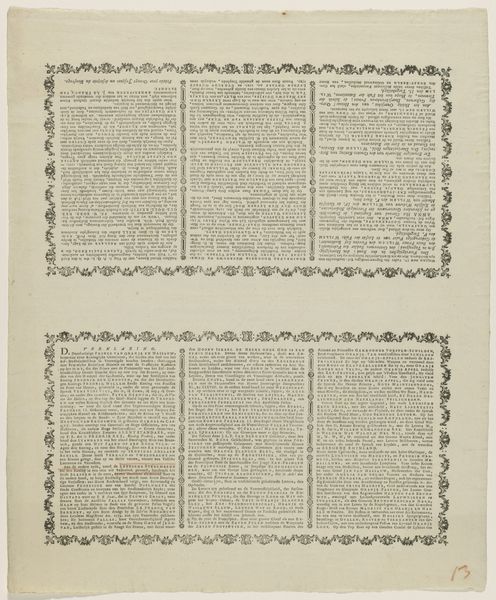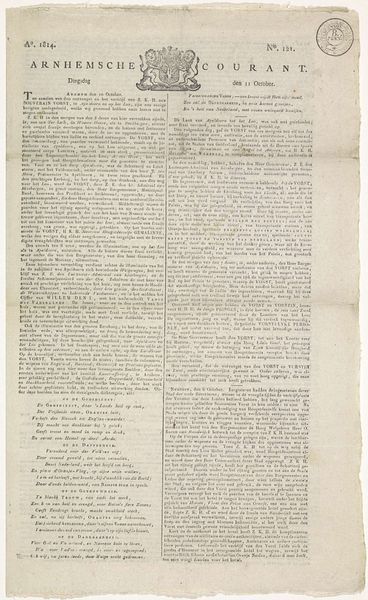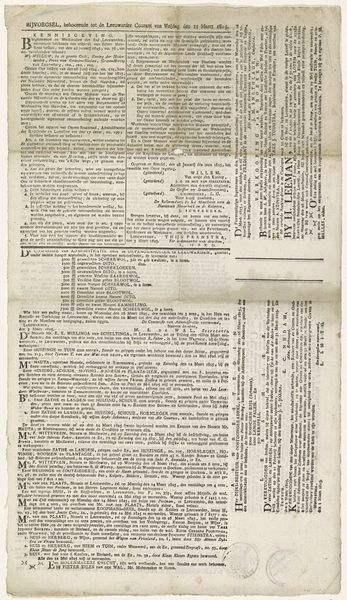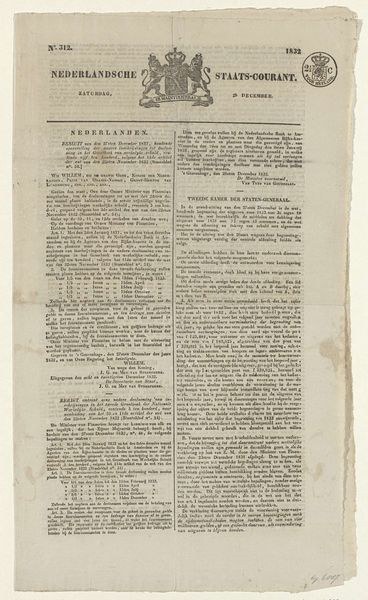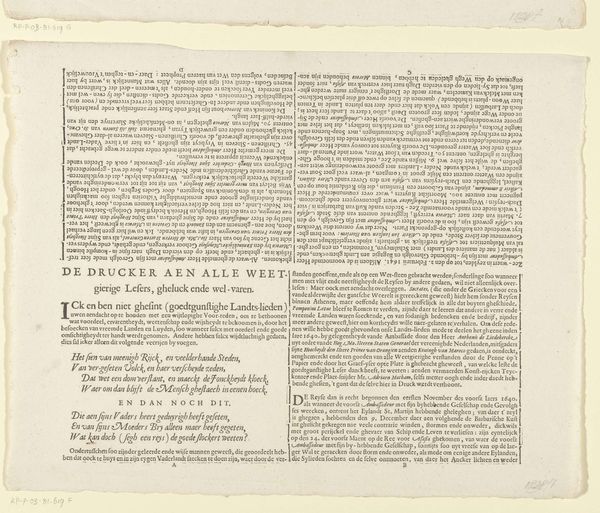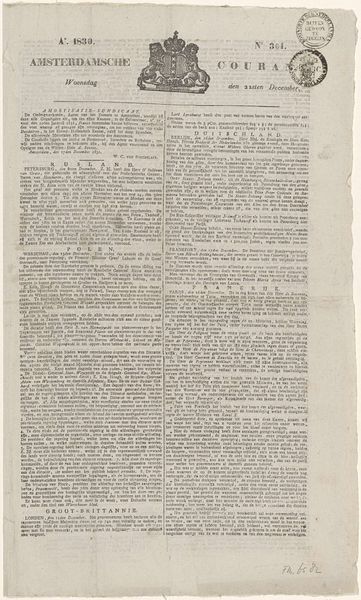
Tabel met beschrijvende tekst bij twintig prenten, mogelijk gebruikt als omslag 1783 - 1785
0:00
0:00
graphic-art, print, paper, engraving
#
graphic-art
#
magazine cover layout
#
neoclassicism
# print
#
asian-art
#
paper
#
text
#
journal
#
newspaper layout
#
history-painting
#
engraving
Dimensions: height 426 mm, width 572 mm
Copyright: Rijks Museum: Open Domain
Editor: We're looking at "Table with descriptive text for twenty prints, possibly used as a cover," created between 1783 and 1785 by Isidore-Stanislas Helman. It's an engraving on paper held at the Rijksmuseum. It resembles a page layout from a magazine. What jumps out at you when you examine this work? Curator: What strikes me is how this piece reveals the fascinating intersection of art, colonialism, and the construction of knowledge in the late 18th century. The title refers to conquests of the Chinese Emperor, and the layout mimics a European publication design. Why do you think that a European artist like Helman would create a work focusing on Chinese imperial victories? Editor: Well, perhaps there was a growing fascination with Asian cultures in Europe during that time. It's interesting that the artist chose such a structured, almost scientific layout to represent what could have been perceived as "exotic" content. Curator: Precisely. It raises critical questions about the ways in which Europe framed and understood the East. Neoclassicism, a European art style rooted in an idealised vision of the Roman Republic and Athenian democracy is the stylistic framework used here, while also documenting Eastern imperialism and colonialism. The print might be understood as an object which legitimises global systems of power, under the guise of Neoclassical aesthetics. What do you make of that tension? Editor: I hadn't thought about it that way. The composition reinforces a hierarchy where European aesthetics and frameworks become the default mode of interpreting other cultures' histories. This print seems much more loaded now. Curator: Indeed. And it invites us to consider how even seemingly descriptive or historical images are deeply entangled with ideology. Considering our positionality now, how can we work against Orientalism when approaching artworks? Editor: I guess being more mindful of whose perspective is privileged and seeking out marginalized voices will be really crucial going forward. Thanks!
Comments
No comments
Be the first to comment and join the conversation on the ultimate creative platform.
